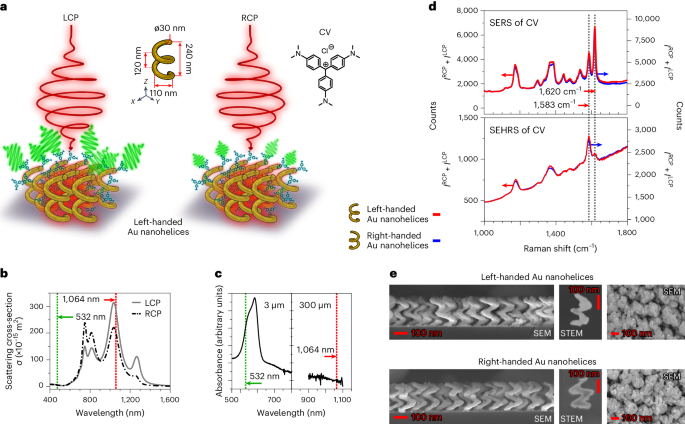2024-07-31 アルゴンヌ国立研究所(ANL)

The image on the right shows the alignments of dipole directions in mesoscale structures within region of the relaxor ferroeletric material shown in the left image. (Image by Argonne National Laboratory.)
<関連情報>
- https://www.anl.gov/article/pursuing-the-middle-path-to-scientific-discovery
- https://www.science.org/doi/10.1126/science.ado4494
リラクサー強誘電体における階層的極性積層体の不均一電界応答(Heterogeneous field response of hierarchical polar laminates in relaxor ferroelectrics)
Hao Zheng, Tao Zhou, Dina Sheyfer, Jieun Kim, […], and Yue Cao
Science Published:27 Jun 2024
DOI:https://doi.org/10.1126/science.ado4494
Editor’s summary
Relaxor ferroelectrics are a class of materials that have an attractive polarization response to an external electric field. This property is attractive for a wide range of potential applications. These materials have small domains of different electrical polarization that allow efficient polarization switching of the material. Zheng et al. used x-ray coherent nanodiffraction to determine how these nanodomains are organized at the scale of hundreds of nanometers. The domains organized themselves into what the authors call nanolaminates, which are important for how the material responds at a microscopic level to changes in the electric field. —Brent Grocholski
Abstract
Understanding the microscopic origin of the superior electromechanical response in relaxor ferroelectrics requires knowledge not only of the atomic-scale formation of polar nanodomains (PNDs) but also the rules governing the arrangements and stimulated response of PNDs over longer distances. Using x-ray coherent nanodiffraction, we show the staggered self-assembly of PNDs into unidirectional mesostructures that we refer to as polar laminates in the relaxor ferroelectric 0.68PbMg1/3Nb2/3O3-0.32PbTiO3 (PMN-0.32PT). We reveal the highly heterogeneous electric-field–driven responses of intra- and interlaminate PNDs and establish their correlation with the local strain and the nature of the PND walls. Our observations highlight the critical role of hierarchical lattice organizations on macroscopic material properties and provide guiding principles for the understanding and design of relaxors and a wide range of quantum and functional materials.



